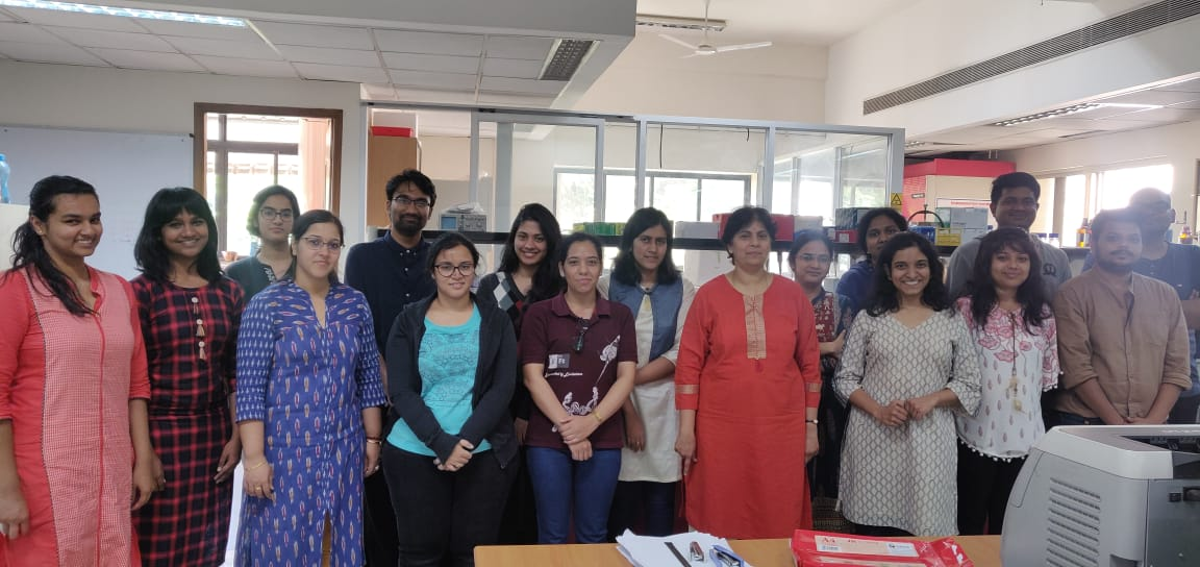Diversity in immunity protects against disease spread
Levels of immunity to a given strain of H1N1 influenza virus can vary in different people. This strongly influences how the disease spreads in a population. Accounting for such variations is a major challenge for the epidemiology of infectious diseases. Our adaptive immune system can recognize the presence of the influenza virus only if immune molecules of our cells called HLA class-I (human leukocyte antigen class-I) can bind to fragments of viral proteins, called epitopes. Stronger the recognition of a given viral strain by the host’s immune system, lower is their susceptibility to the infection.
 Overall workflow
Overall workflow
We use real world data about HLA class-I genes in various ethnicities, and the protein sequence of a number of H1N1 strains to estimate susceptibility of individuals in a population, and form susceptibility sub-groups. The spread of flu is simulated in this setting, to predict how many people will catch the infection. Our results show that larger genetic diversity at the level of immune response, leading to the presence of susceptibility sub-populations with a broad distribution of susceptibilities, protects against the spread of influenza in a population. We also show that populations with a small number of highly susceptible individuals, but with a large number of less susceptible ones, should exhibit smaller outbreaks than populations with the same average susceptibility but where it is more uniformly distributed. Our work captures some qualitative trends of influenza spread worldwide, providing a first attempt at understanding how heterogeneity in susceptibility arising from variations in immune response determine disease spread in populations.

Nagasuma Chandra lab
“This work was a collaborative effort between the labs of Prof. Nagasuma Chandra, IISc, Prof. Gautam Menon, the Institute of Mathematical Sciences, Chennai, and Prof. Carmen Molina-Paris, University of Leeds, UK. IISc graduate students Narmada Sambaturu and Sumanta Mukherjee are first authors.”
References
Sambaturu, Narmada, et al. “Role of genetic heterogeneity in determining the epidemiological severity of H1N1 influenza.” PLoS computational biology 14.3 (2018): e1006069.
Mukherjee, Sumanta, and Nagasuma Chandra. “Grouping of large populations into few CTL immune ‘response‐types’ from influenza H1N1 genome analysis.” Clinical & translational immunology 3.8 (2014): e24.
Nagasuma Chandra lab webpage:
http://proline.physics.iisc.ernet.in/chandralab/index.php




 Overall workflow
Overall workflow